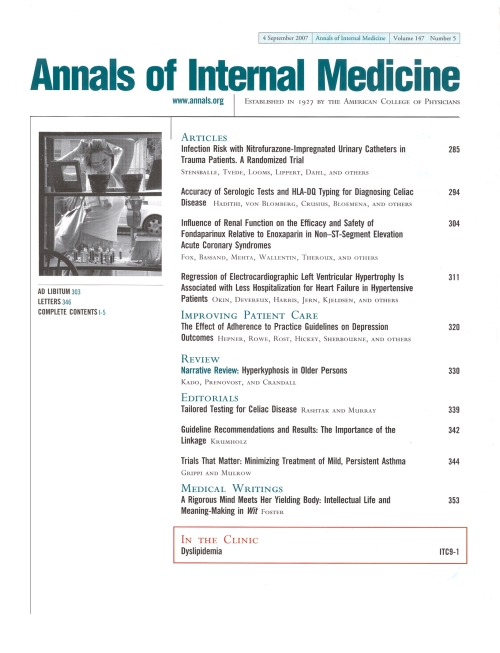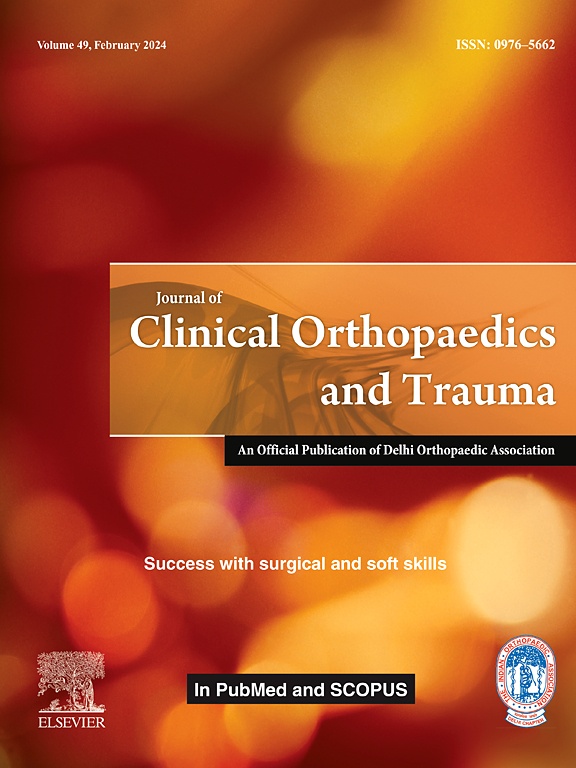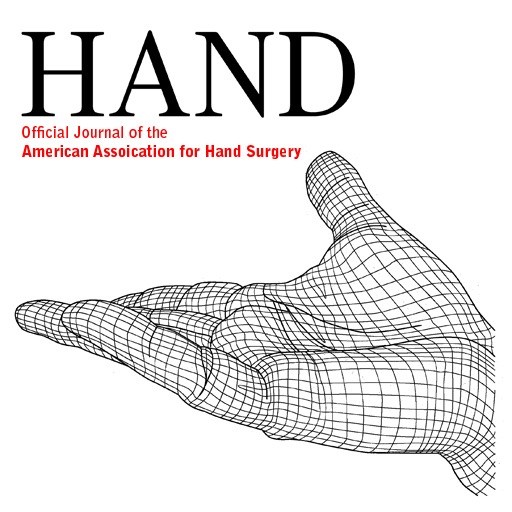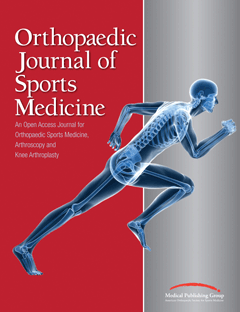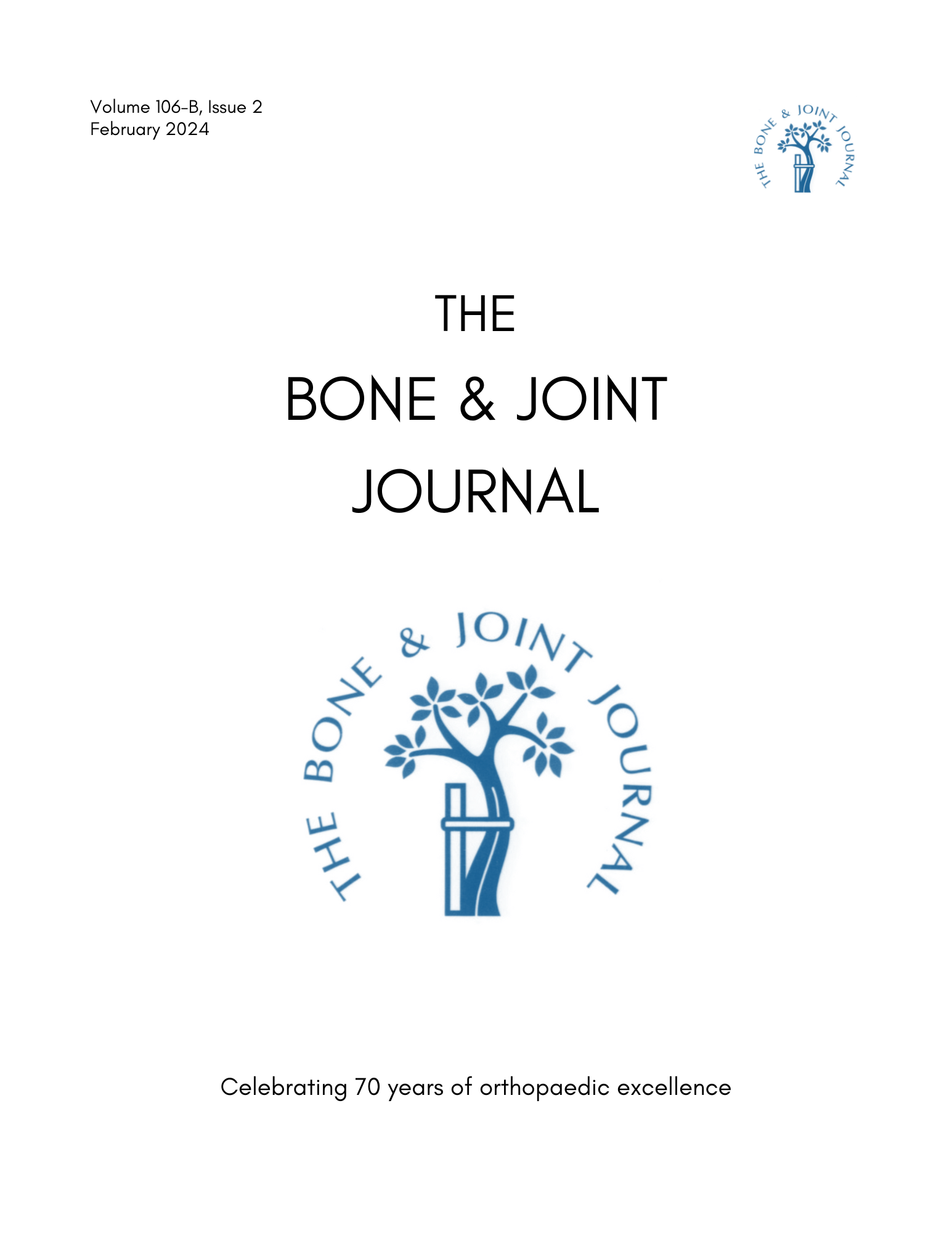PeerView
You are viewing the most viewed ACE Reports by Primary Care Physicians over the last 30 days in all specialties.
Displaying
100%
Synopsis:
Two hundred and seven studies with 32959 participants were analyzed in this network meta-analysis.The aim of this study was to compare outpatient treatments for managing acute pain from non-low back musculoskeletal injuries.Results revealed that the treatment with the greatest benefit was using topical nonsteroidal anti-inflammatory agents (NSAIDs).Afterwards, oral NSAIDs were beneficial which was followed by acetiminophen with or without diclofenac.The benefits included relieving pain 1-7 days, as well physical functioning , and symptom relief. Moreover, topical NSAIDs demonstrated increase in treatment satisfaction. Fentanyl and acetaminophen...
Read More »
Meta Analysis
①
Synopsis:
70 patients with chronic plantar fasciitis were randomized to receive a platelet-rich plasma (PRP) injection (n=35) or a corticosteroid injection (n=35).The primary outcome of interest was pain, as measured on a Visual Analog Scale (VAS) and the American Orthopaedic Foot and Ankle Society (AOFAS) score.Outcomes were assessed at 15 days, and 1, 3, and 6 months post-injection.The results revealed significantly lower VAS pain scores with PRP compared to corticosteroids at 1, 3 and 6 months, and significantly better AOFAS scores at 3 and 6 months.The results of this study suggest that PRP can provide longer-term pain control vs.corticosteroids, particularly in the 3-6 month range. However, the methodological...
Read More »
Level 1 RCT
①
Synopsis:
23 randomized controlled trials (2284 patients) comparing open versus endoscopic techniques for carpal tunnel release in patients with carpal tunnel syndrome were included in this systematic review and meta-analysis.A subgroup analysis was also conducted on single- versus dual-portal endoscopic treatment.The primary outcomes of interest included complication and reoperation rates.Secondary outcomes included operative time, the incidence of scar tenderness and pillar pain, normalized satisfaction scale, the incidence of complete or near complete symptom relief, Boston Carpal Tunnel Questionnaire (BCTQ) symptom and function, and time to return to work.All outcomes were similar between the two groups except for time to return to work and incidence of scar tenderness (dual-portal vs open) which all favored the endoscopic group.The incidence of nerve injury was significantly lower in the open-technique group. Overall, the endoscopic...
Read More »
Level 1 Meta Analysis
①
Synopsis:
Six randomized controlled trials (192 patients) comparing dual-task training against a control for chronic ankle instability (CAI) were included in this systematic review and meta-analysis.Outcomes of interest included the Y-balance test, center of pressure area, center of pressure velocity, Figure 8 hopping test, and the balance error scoring system.Overall, the results of the study were that the center of pressure area and Y-balance test favored the dual-task training group.All other outcomes were similar between the two groups. These findings suggest...
Read More »
Level 1 Meta Analysis
①
Synopsis:
A total of sixty-one patients with posterolateral tibial plateau fractures (PTPF) were randomized to receive either conventional surgery (n=30) or surgery using personalised 3D printing technology (n=31).The primary outcome of interest was operative time.Secondary outcomes included intraoperative blood loss, intraoperative fluoroscopy shots, radiographic outcomes, functional outcomes, and fracture complications, assessed 12 months postoperatively. Overall, the study...
Read More »
Level 1 RCT
①
Synopsis:
One hundred twenty-six patients aged over sixty were randomized to receive preoperative oral rehydration solution (ORS; n=63) or to undergo conventional overnight fasting (n=63).The primary outcome of interest was the occurrence of transient myocardial electrocardiographic ischemic changes within 30 minutes post-spinal anesthesia induction.Secondary outcomes included hemodynamic parameters and intraoperative complications such as hypotension and tachycardia, assessed up to 30 minutes post-induction.Overall, the results of the study revealed that the ORS group had significantly fewer ischemic changes and better hemodynamic stability compared to the fasting group. These findings suggest...
Read More »
Level 1 RCT
Perioperative Blood Flow Restriction Therapy Program After Anterior Cruciate Ligament Reconstruction
①
Synopsis:
Forty-six patients who sustained an anterior cruciate ligament (ACL) tear and were scheduled for reconstruction were randomized into a group receiving either a blood flow restriction (BFR) therapy program (n=22) or a control group without BFR (n=24).The primary outcome of interest was isometric quadriceps strength at 3 months postoperatively, measured as peak and mean torques during seated leg extension exercises and presented as a ratio of the healthy limb.Secondary outcomes included patient-reported outcomes such as pain, knee function, and physical function, knee range of motion, quadriceps circumference and adverse effects.Outcomes were assessed up to 6 months postoperatively. Overall, the study...
Read More »
Level 1 RCT
①
Synopsis:
Two hundred and sixteen patients with advanced osteoarthritis scheduled for primary total knee arthroplasty (TKA) were randomized to receive one of three TKA prosthetic designs from the same system: cruciate-retaining (CR; n=72), anterior-stabilized (AS; n=72), or posterior-stabilized (PS; n=72).The primary outcome of interest was the mean score of all five subscales of the Knee injury and Osteoarthritis Outcome Score (KOOS) measured at a two-year follow-up appointment.Secondary outcomes included individual KOOS subscales, Oxford Knee Score, EuroQol five-dimension health questionnaire, EuroQol visual analogue scale, range of motion, and patient satisfaction.Outcomes were assessed up to two years postoperatively.Overall, patients reported similar levels of pain, function, satisfaction, and general health in all three prosthetic design groups. However, the PS...
Read More »
Level 1 RCT
①
Synopsis:
This systematic review and meta-analysis included nine randomized controlled trials involving 341 patients with chronic ankle instability (CAI).This study compared the effects of balance training versus no intervention or strength training on outcomes such as the Cumberland Ankle Instability Tool (CAIT), the Foot and Ankle Ability Measure for Activities of Daily Living (FAAM-ADL) and Sports, and the Star Excursion Balance Test (SEBT).Meta-analysis results demonstrated significant improvements in CAIT, SEBT-PL, SEBT-PM, and FAAM Sports scores with balance training compared to blank controls (no intervention).However, no significant differences were observed between balance training and strength training in terms of dynamic stability outcomes. The findings suggest...
Read More »
Level 1 Meta Analysis
②
Synopsis:
114 patients of any age with symptomatic osteoarthritis (OA) in the knee, hip, or hand with pain, stiffness, and limitation of movement in the affected joint were randomized to receive an educational program or no education. 6 months after the educational programme, patients with OA had improved self-perceived health, but had a small improvement in function with no demonstrable influence on self-efficacy.
Read More »
Author verified Level 2 RCT




 LOGIN
LOGIN


